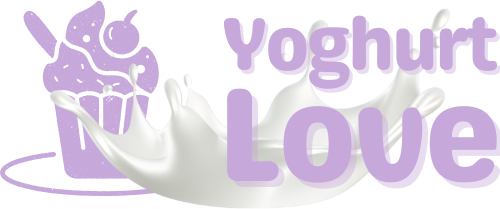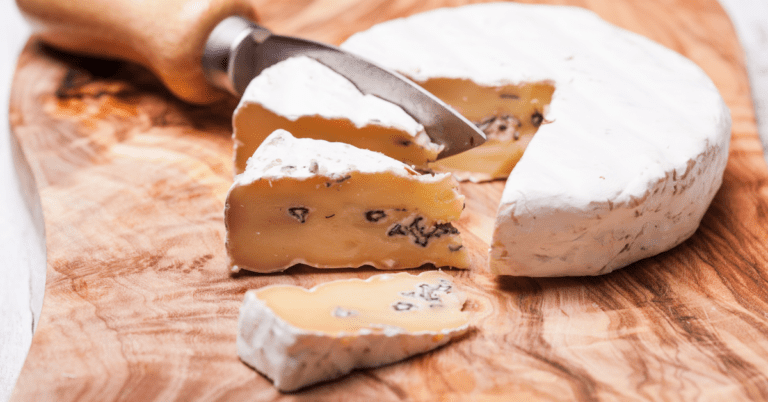
It’s normal to feel a little concerned when you discover mold in your favorite cheese. After all, mold is often said to be bad and something to be avoided. Mold is a type of fungus that can grow in spots or spots and can become fuzzy or slimy. Depending on the type of mold, it can be black, green, white, or other colors. Your cheese may start to look less appetizing and you may wonder if it’s still safe to eat.
Introduction to moldy cheese
But the relationship between mold and cheese is more complicated than you might think. Not all mold is harmful or unwanted. In fact, some molds are an important part of producing certain types of cheese. To understand this, we need to take a closer look at the cheese making process. It’s a fascinating journey involving milk, bacteria, and even mold.
The role of mold in cheese production
Did you know that mold helps make cheese? Yes, it’s true. Mold molecules are like tiny workers that change the sugars and proteins in milk to give cheese its special taste and feel.
Think about cheeses like Brie and Roquefort. Did you notice Brie’s white cover or Roquefort’s blue line? These are caused by a special mold that is added during cheese production. This mold does more than just give the cheese a look. It gives cheese a special kick.
Mold also helps keep cheese safe for long periods of time. It may develop a special surface, or bloomy rind, that is common with soft cheeses. This prevents harmful bacteria from growing and spoiling the cheese.
In other words, mold and cheese are partners in a sense. They work together to make the cheese we all love. However, sometimes problems can occur. These issues and their solutions are discussed in detail in the following sections.
Can you eat moldy cheese?: Understanding the dilemma
At this point, you may be wondering, “Is it okay to eat moldy cheese?” That’s a great question. The answer is not always simple, as it depends on the type of cheese and type of mold.
Imagine the cheese you find at the store. There are so many types! There are soft cheeses like Brie and Camembert, hard cheeses like Parmesan, and even semi-soft cheeses like mozzarella. Each of these cheeses behaves differently when mold grows.
With cheese, mold won’t get too deep. It stays close to the surface. However, in some cases, such as soft cheese, mold can spread throughout the product like the roots of a tree. This is why the type of cheese is important when deciding whether moldy cheese is safe to eat or should be thrown away.
How to safely eat moldy cheese: practical guidelines
So what should you do if mold grows on your cheese? Well, if it’s a hard or semi-soft cheese, you can usually cut out the moldy part and eat the rest. Mold usually stays on the surface and doesn’t go deep. When cutting, start at least 1 inch away from the moldy area. You don’t want the knife to touch the mold and cut into the cheese you’re about to eat. This can cause the mold to spread further.
If the cheese is soft and moldy, it is safer to throw it away. This is because mold can spread throughout the cheese. You may not be able to see it, but it may still be there.
Preventing cheese from mold: Helpful tips
Let’s talk about how to prevent mold from growing on your cheese in the first place. Here are some helpful tips.
Store cheese the right way. Cheese prefers a cool, slightly damp location. Soft cheeses need ventilation, while hard cheeses need to avoid drying out, which is why the refrigerator is a good place to store them.
Don’t leave cheese out for too long. If cheese is left out in warm air, it can start to mold faster.
Use clean hands and utensils when handling cheese. This will help prevent bacteria and mold.
Making fresh cheese at home: fun and healthy
Want to know how to enjoy cheese without worrying about mold? Please try making cheese at home! It’s a satisfying activity that allows you to feed yourself and your family a healthy meal while trying something new. Cheese kits from Cultures for Health allow you to make fresh cheese in your kitchen.
(product_render product-handle=”Mozzarella/ricotta cheese production kit”)
Homemade cheese is so delicious! You may be surprised at the difference in taste compared to store-bought cheese. Plus, when you make your own cheese, you know exactly what goes into it. You can check if it is healthy and safe to eat.
You can make mozzarella for next night’s pizza or cheddar for an afternoon snack (try pairing it with crunchy, tangy apples!). You can also try another easy cheese recipe. Cream cheese makes a delicious experiment.
And guess what? Making your own cheese is a fun project for the whole family. Let’s learn together and taste the delicious cheese we made. It’s a win-win!
Summary: Understanding how to make moldy cheese and homemade cheese
Moldy cheese may seem scary, but it turns out it’s not necessarily bad. Mold plays an important role in making cheese, and you may end up eating moldy cheese. But remember, safety comes first. If you’re not sure if your cheese is safe to eat, it’s best to throw it away.
Want to make your own cheese? Cultures for Health’s cheese making kit lets you make delicious fresh cheese at home. This is a fun and healthy activity, and the cheese you make is safe and mold-free.
So the next time you find mold on your cheese, don’t panic. Remember – can you eat moldy cheese? Sometimes! Cut into hard cheese and toss into soft cheese. . And consider making your own cheese. You might enjoy it more than you think!



